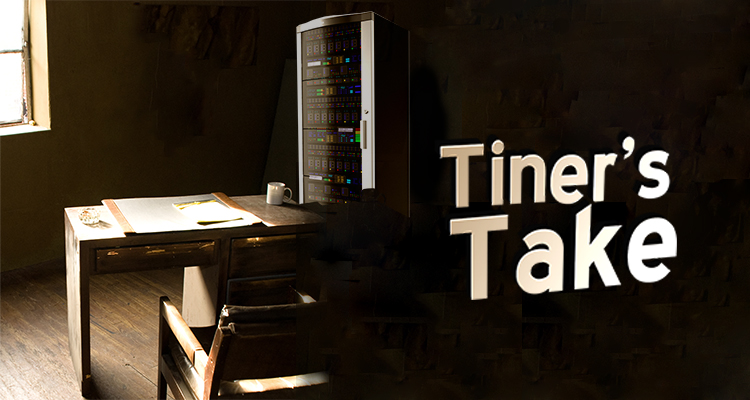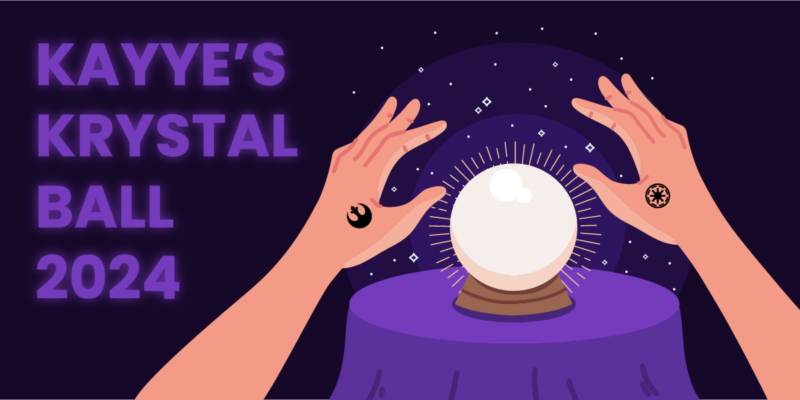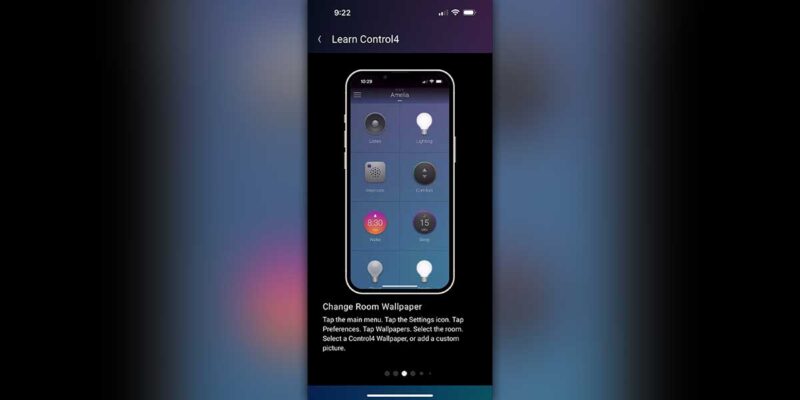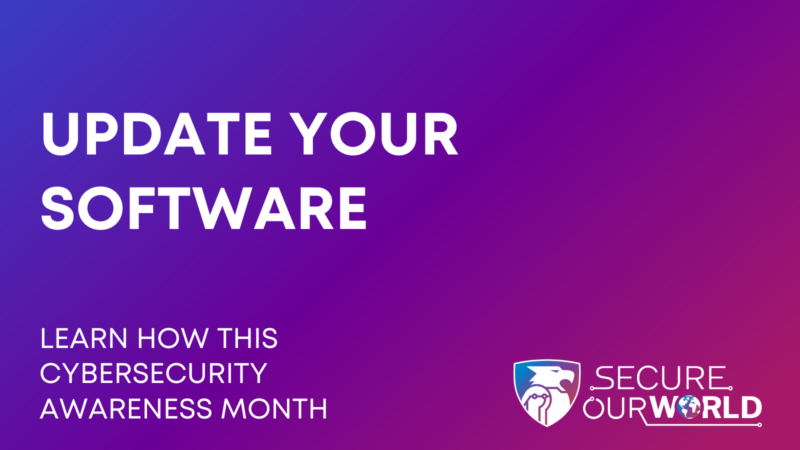Tiner’s New Take on AVaaS
 In late June, Andrew Davis posted a blog entry here on rAVe in which he declared that “in 10 years or less, what was once the AV industry is going to be a be a footnote in the history of business technology.” In the post he made the argument that software will, essentially, take over what we now consider the AV industry. Take a moment and read the post before continuing with this column.
In late June, Andrew Davis posted a blog entry here on rAVe in which he declared that “in 10 years or less, what was once the AV industry is going to be a be a footnote in the history of business technology.” In the post he made the argument that software will, essentially, take over what we now consider the AV industry. Take a moment and read the post before continuing with this column.
I think that Andrew makes some very interesting and valid points. Software has become a critical piece of our industry and will continue to grow and make some of what we do today irrelevant. However, I would argue that there are many things that software simply cannot replace, such as all the hardware we deal with as an industry. You still need projectors, displays, microphones and speakers. How you connect those pieces to each other has changed half a dozen times over the past twenty or thirty years. This next change, putting these on the network, is more than just another version of the VGA to HDMI to DisplayPort changes over the years. It will change our industry, but not kill it. So, our boxes continue to exist, but what we think of as the “glue” in our AV systems slowly shift to the cloud.
I don’t agree that our industry is doomed. Software “eating AV” is simply a new business opportunity and one that I believe has the potential of being highly profitable for manufacturers and integrators. Andrew’s piece really got me thinking about how the industry will change and AVaaS will be a crucial piece of that. I believe in my previous thinking about AVaaS, I was thinking too small, too much about today and not next year. Now, I am beginning a slow retreat from a previous stance I had about how AV as a service makes no sense.
 One example of this is how manufacturers are slowing moving into the subscription model. They accomplish this by creating a single model of a device, let’s say a camera. They save manufacturing money by creating a single model. They sell this camera for a set amount, despite what features you want. If you want only the static camera you are all set with the first purchase. If you want the camera to pan/tilt/zoom, you pay more. If you want face tracking, you pay even more. But this paying more does not change the physical hardware in your space. Rather, the integrator who sold you the device then clicks a button on their web portal and snap, your camera has face tracking and your credit card gets the charge. This is a step away from you now paying a subscription for that service. Why would you do that? Because their algorithms get better all the time at face tracking and with your subscription you get those updates for free. At least one company, Sony, is using this concept with its REA-C1000 Edge Analytics Appliance. You purchase the device and then purchase separate licenses for the features you want.
One example of this is how manufacturers are slowing moving into the subscription model. They accomplish this by creating a single model of a device, let’s say a camera. They save manufacturing money by creating a single model. They sell this camera for a set amount, despite what features you want. If you want only the static camera you are all set with the first purchase. If you want the camera to pan/tilt/zoom, you pay more. If you want face tracking, you pay even more. But this paying more does not change the physical hardware in your space. Rather, the integrator who sold you the device then clicks a button on their web portal and snap, your camera has face tracking and your credit card gets the charge. This is a step away from you now paying a subscription for that service. Why would you do that? Because their algorithms get better all the time at face tracking and with your subscription you get those updates for free. At least one company, Sony, is using this concept with its REA-C1000 Edge Analytics Appliance. You purchase the device and then purchase separate licenses for the features you want.
But wait, there’s more. That camera will be connected directly to the cloud, along with all the other devices in the room. That means that one device that would no longer need to be in the room is a recording device. Recording can be done in the cloud, where it’s going to end up anyhow. So, now not only do I save money on not buying a class capture device, my rooms also become much more flexible. In a subscription model, I can make any room with this camera in it a class capture room with a simple phone call to my integrator. I pay a monthly subscription fee for the room to have class capture. If there is no class capture happening during a semester, I turn it off and save that money. Then when we get that emergency call that every tech manager knows too well — a class has changed rooms and tomorrow there needs to be class capture in a room that does not have it — the tech manager does not blink an eye. They call their integrator, activate it and pay the monthly fee. Why would I not just buy the class capture device and not worry about subscription costs? Because I receive all the benefits of upgrades and updates, without ever having to replace a piece of equipment, since it’s not hardware-based.
The speed of service would be another enormous advantage. You decide you need to install a sound reinforcement system in a room. You give your AVaaS partner a call. They do a design and give you a new subscription price. Within a few days, they come in and mount the speakers and add microphones. The devices are wireless (no, not RF, Wi-Fi), so the only installation time is mounting the speakers. There is no DSP to install and no wires to run. A customer service agent back at the integrator shop adds these devices to your account; you log onto a DSP that only exists in the cloud and start programming.
Yes, software is playing a significant role in the AV industry and that role is growing. No, the AV industry is not on the verge of an untimely death. We may, in fact, be on the verge of an enormous change that will benefit all parties, including those integrators and manufacturers who are getting ready for this change now.




